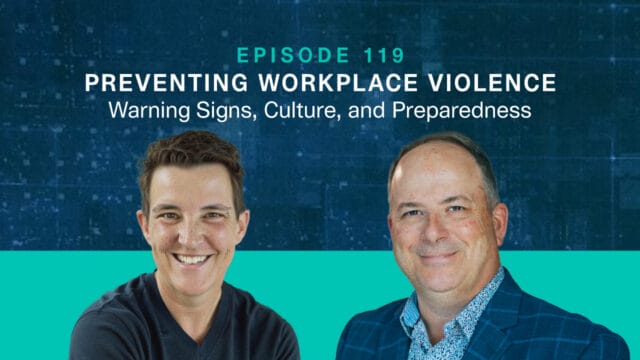
6 Must-Have Features for your Contractor Risk Management Software
Spreadsheets are risky business. Whether it’s the demands of manual upkeep, the difficulty of the scaling process, or even simply the unreliable nature of the data inside, using spreadsheets for your risk management — including vendor management — opens your business up to unnecessary risk.

Spreadsheets are risky business. Whether it’s the demands of manual upkeep, the difficulty of the scaling process, or even simply the unreliable nature of the data inside, using spreadsheets for your risk management — including vendor management — opens your business up to unnecessary risk.
That’s because human error is rampant, data integrity is suspect and actionable reporting is nearly impossible in spreadsheets without a team of business analysts.
For this reason, contractor risk management software can help; and just as you would do your due diligence when hiring a new contractor, you should evaluate your supply chain risk management (SCRM) solution before jumping in.
Here are the 6 must-have features for your general risk management and vendor management software solution:
1. Configurability. When you’re adopting a new tech solution, it’s not good enough to go with a generic software solution and hope that it works. Your organization has its own framework for safety and sustainability — and your tech solution will need to reflect that unique process.
It will also be easier for your employees to buy into the solution if it works the way they are accustomed to working. Make sure your risk management software allows for maximum configurability to fit your internal business needs.
Being able to configure a digital solution that resembles your current workflow also leads to greater adoption and quicker employee acceptance of the new digital tool.
2. Support. Your organization isn’t just looking for a technology platform; you need a complete solution. This means support should be available any time you need help, whether that’s before, during, or after launch.
Make sure you can get the guidance you need to configure the system and train employees. You want assistance during launch and when onboarding new users. Furthermore, a strong and ongoing customer support helps both your employees and your customers.
Your contractors also need support to onboard any tech platform. They should be extended the same help and assistance that you are privy to. Their integration with your platform is critical to making it all work as well.
3. Sourcing. Contractor sourcing is a major challenge today. When your risk management software offers you access to a list of contractors in your area with specific qualifications and certifications, it takes the pain out of the sourcing process, allowing your team to focus their energy elsewhere.
The right platform will provide verified and vetted information about available contractors and their safety certifications, so you can feel comfortable bringing someone new to your job site and know they can hit the ground running.
4. Training. When it comes to safety training, it’s nearly impossible to know which contracted workers have which certifications and training. Your vendor management software should be able to track all of your contracted workers’ training experiences — including your own site-specific materials.
Look for a platform with an online resource center that includes a wide variety of training materials such as written and video training that cover general topics found in a repository as well as highlighted topics of the month. This will ensure your team is well trained on topics across the board.
5. ESG Responsibility. Corporate social and environmental responsibility is important to a growing number of businesses. Many are now looking to work only with vendors and supply chain partners that prioritize environmental, social, and governance (ESG) sourcing of products.
Be sure your vendor and supplier compliance software allows you to engage your material suppliers consistently and efficiently so you can accurately gain visibility across your supply chain.
6. Network Effects. A strong digital solution will work for everyone: you, your contractors, and your customers, vendor partners and suppliers. The network thrives on participation. Once you’re in the network, it will be easier to join forces with others in the network, either through hiring new contractors or by securing opportunities with new clients. Knowing that everyone in the network is certified and prioritizes safety provides you with opportunities to do new business with others with the same mindset.
When selecting a risk management software, it’s important to think long-term. Make sure the platform can grow with your business. If you can’t adapt the risk management software over time to truly benefit your organization during different stages of growth, it may not be a good fit for your business.
It’s nearly impossible to stay on top of contractor and even vendor compliance with a spreadsheet or pen-and-paper solution. Instead, a digital solution can help overcome the complexity and manage this fundamental shift in the way organizations do business.




